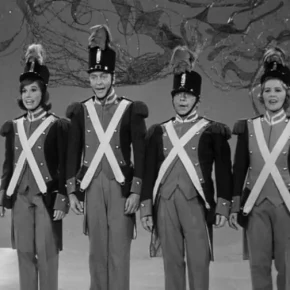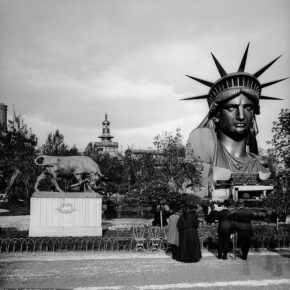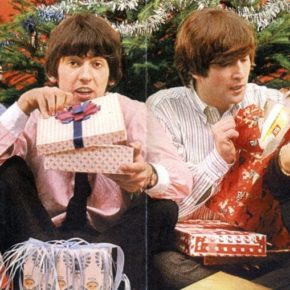Today’s post at Greater Greater Washington encouraging the passage of legislation favoring the so-called “Idaho stop” has me a bit incensed.
I understand the draw of legalizing “Idaho stops” – a.k.a. “rolling stops,” where a road user can treat a stop sign as a yield sign if conditions permit – when it comes to vehicular cycling (VC). There are many times when traffic conditions favor treatment of a stop sign as a yield: when there is no cross traffic, or when traffic in all directions is gridlocked but a lane for a bicycle is clear. And from an efficiency standpoint, it is less efficient to stop and start a bicycle. The video on GGW’s article explains this quite well.
But the reason the law works in Idaho is because it is a decidedly non-urban cycling landscape. Much of Idaho is rural, and even the more urban areas of Boise, Pocatello and Idaho Falls are a far cry from the urban landscape of Washington, DC, and its suburbs. While many intersections in Idaho see a handful of cars in a day, most intersections in DC see quite a few cars – especially routes that lead to and from the city’s centers of commerce. Additionally, many intersections lack sufficient sight lines to adequately assess the traffic situation: buildings, foliage and parked cars often interfere with the ability to judge how “clear” an intersection is until the very last moment, mitigating the ability to roll efficiently through intersections.
And then there’s the important factor of road stewardship. When a cyclist takes to the road, he inherits all the same responsibilities as a motorist. There are rules and regulations in place to ensure the safety of all road users, from cars to trucks to scooters to bicycles. And while many VC practitioners will argue that an “Idaho stop” law would simply “make legal the reality of the roads,” it’s not that simple: what cyclists do in running stop signs and red lights is create a negative impression with other users – not just motorists, but other cyclists, pedestrians and onlookers. Taking ownership of the situation means taking into account the greater picture of traffic and safety, which means following the rules and regulations of the local jurisdiction.
Furthermore, many discussions I’ve read regarding the adoption of “Idaho stop” laws misinterpret the law. It does not allow cyclists to run stop signs in occupied intersections, including situations like four-way stops where all ways are occupied by other users. In this case, right-of-way still applies, even under the “Idaho stop” rule, yet many comments I’ve read think that it will exonerate all cyclists and their less-than-legal, less-than-courteous, less-than-respectful behavior.
And this behavior can – and does – cause injury to cyclists. I’ve seen cyclists hit by cars in controlled intersections when the cyclist proceeded into an intersection against a stop sign or traffic light. There have been times where I’ve seen distracted or inattentive motorists disregard traffic signals and signs and nearly hit cyclists and pedestrians. And I’ve seen cyclists bomb through stop signs, giving very rude replies to motorists and other users (this cyclist among them) who call out their foolishness and carelessness.
I realize there are plenty of laws on the books that need to be enforced, both with motorists and cyclists:
- Stop signs need to be enforced for all users.
- Cell phone laws need some teeth behind them.
- Headphone use by cyclists is technically illegal, too, and needs to be enforced.
- One-way bike paths need to be enforced as such.
- Double-parking laws need to be enforced to keep bike paths clear.
- Cyclists should be enforced on the requirement that they signal their intent when riding in the road.
- The three-foot rule needs to be both acknowledged by both cyclists and motorists, as well as enforced.
And the list could go on and on. But adding another law to the books that favors a specific vehicular class while putting said class into a questionable safety situation is the wrong approach.
Perhaps an approach similar to that used in Amherst, MA, where cyclists have their own traffic signals at many intersections, would work here. Or maybe a lane that is physically separated from the main road would work – it certainly does in both Paris, France, and Munich, Germany, and a pilot program in New York City proved successful in the traffic jam that is Manhattan. The latter examples are ones that would be applicable to an urban area like DC, and combined with proper enforcement (including a bicycle police squad that is in proper shape to pursue and intercept fast cyclists, as well as command respect from the cycling community), could create a viable long-term solution to integrating bicycles into the commuter matrix of DC.
But the “Idaho stop” is not the right solution for DC.
(Besides: starting from a full stop is great training, promoting the use of applied power and helping keep the cyclist in shape – another positive benefit of VC!)















sprite
16 April 2009 — 15:56
Nice post!